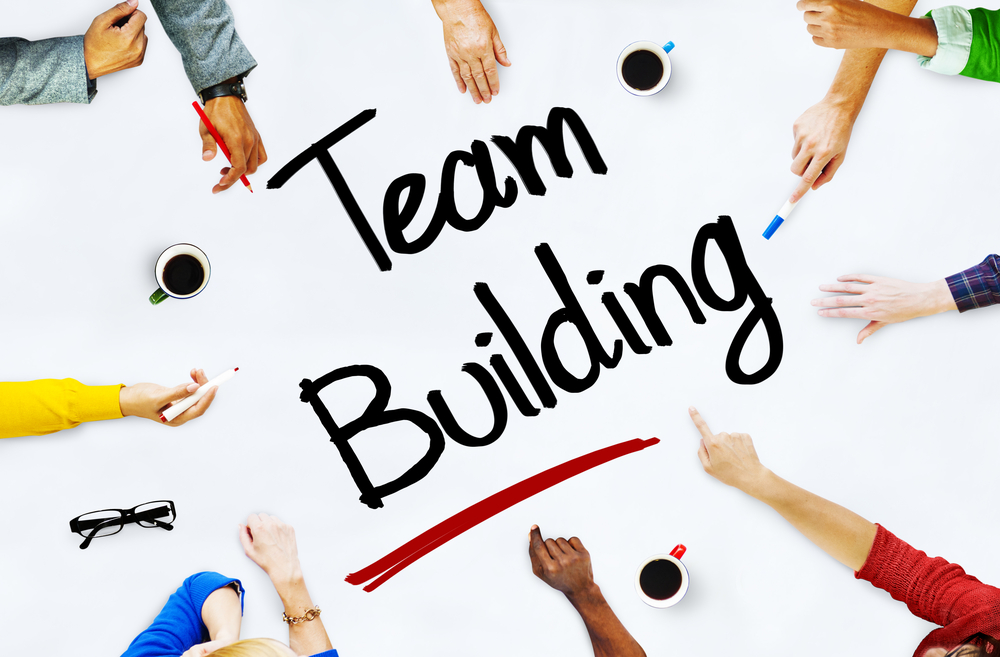As long as team building has been a part of the corporate ethos, there have been people who’ve questioned its efficacy. Make no mistake, the reason for this questioning is often the same: someone wants to cut corners, pinch pennies or trim excessive expenses from the budget. And, in doing so, they take aim at what they think is an unnecessary corporate ritual.
The only reason it gets mistaken for unnecessary, though, is that it doesn’t have a clear return on investment. It’s practically impossible to track the increases in productivity and performance quality that team-building activities engender, and so budget-minded individuals write it off.

That’s a mistake. While it’s impossible to quantify team building with a dollar amount, it does have appreciable, actionable, positive effects on employee performance. This has been studied, peer reviewed and – for all intents and purposes – proven.
But how exactly does team building improve employee performance? In what ways, and according to what metrics? Well, here’s your answer.
Table of Contents
It Strengthens Relationships
A team of mavericks might get you a few victories. But, talented as they may be, their isolated, siloed attempts at performance pale in comparison to a group. When you pool talents together, you don’t just get the sum of their parts – you get a collaborative, cumulative pool of talent that feeds whose constituents feed off each other and bolster each other’s success.
It Fosters Curiosity and Discovery
When you choose a team building activity that’s new and unusual, that requires learning and collaboration, it fosters a communal and individual sense of curiosity. Your employees should always be curious. They should always be hungry to learn more, to approach new tasks with a desire for discovery. In its subtle way, team-building exercises reinforce the importance of that sense of discovery.
It Re-Contextualizes Work
When you throw an epic corporate team building activity it transforms the job from something utilitarian and necessary, to something fun and exciting. Seeing everyone in the workplace is one thing, but seeing everyone out and having fun can do wonders for employee morale and workplace culture. It helps re-contextualize the work, and demonstrate its capacity for fun and happiness. That’s something that employees will definitely carry back to work with them the next day.
It Promotes Healthy Competition
Cutthroat competition can be toxic in a work environment, but you do want some sense of competition. There should be personal stakes involved in work, and in doing a good job. The great thing about team building activities, especially more modern ones like axe throwing, is that they promote competition but in a safe, healthy environment. This friendly, spirited sense of competition will directly translate to the workplace, and you’ll be left with a team that tries to best each other not out of selfishness but out of play.
Next time someone proposes taking money out of the budget for team building activities, politely remind them that, while its benefits are difficult to see as a dollar amount, they are real and profoundly important.

